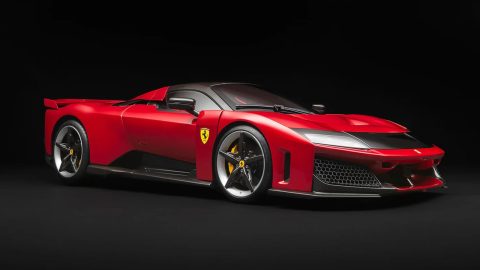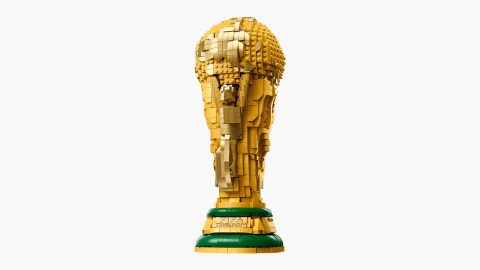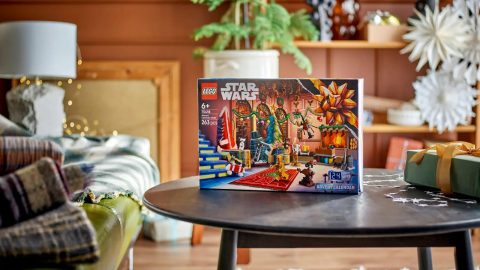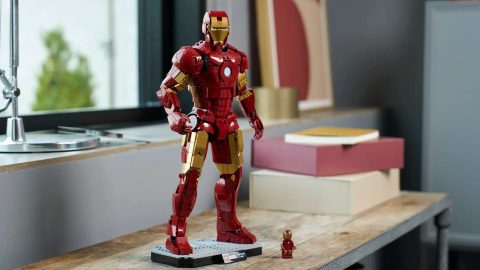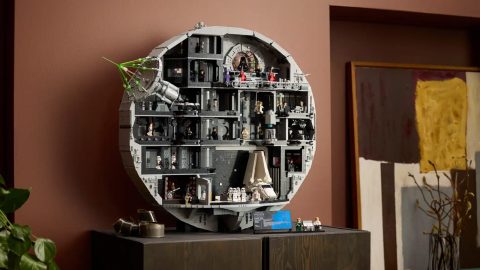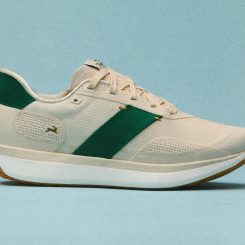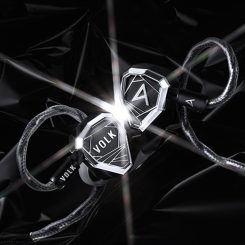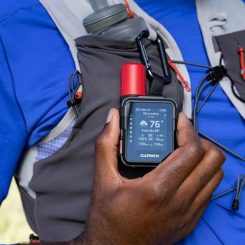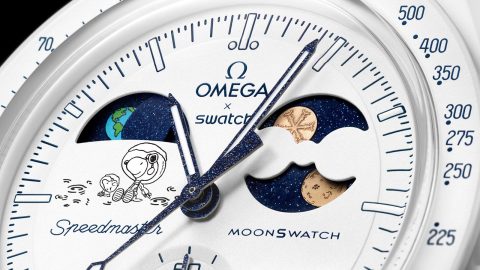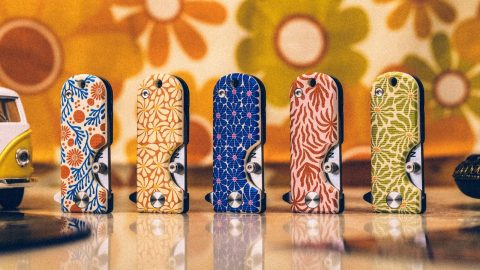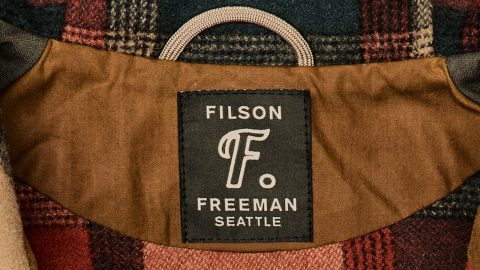You know them as the minuscule plastic bricks that colored and shaped your childhood. LEGO, however, has a rich and fascinating history that is perhaps far more enigmatic than you might realize—and there’s certainly no thought of its roots as you watch your own little ones strew the pieces all over the house.
Humble Beginnings
It all began in 1932, when Ole Kirk Christiansen, a carpenter located in Billund, Denmark, founded his own woodworking shop. Together with his 12-year-old son, Godtfred, he created stools, ironing boards, and stepladders. Though the business did well, ongoing financial problems forced Christiansen to think outside of the box. He was compelled to create a product that had more widespread appeal—something that people would enjoy using.
It all began in 1932, when Ole Kirk Christiansen, a carpenter located in Billund, Denmark, founded his own woodworking shop.
And so he made the decision to create wooden toys instead. As the playthings became more popular, Christiansen eventually branded them LEGO. The term is a portmanteau of the Danish “Leg Godt,” or “play well.” Only later was it revealed that the word translates to “I put together” in Latin. At the time, the woodworker employed only a handful of staff members.
In 1935, the company found success when it introduced the first beloved LEGO duck, along with its first constructive toy, “Kirk’s Sand Game.” The company’s motto, “Only the best is good enough,” became its driving force, and in 1937 Godtfred started designing for the company at the age of 17. By the end of 1939, the company had 10 employees to its name and had quickly grown in popularity. It was enough of a success that Godtfred remained in Denmark instead of traveling to Germany for his studies.
Tragedy struck the company when the LEGO factory was burned to the ground in 1942. Toy production, however, did not cease, and by 1943 the company employed some 40 people. What happened in 1947 is, some may say, toy-making history. The company purchased a plastic injection-molding device—the first to do so in the country—with the intent of using it to mass create new toys.
It didn’t take long for the innovation to transform LEGO from a genius woodworking enterprise into something that changed the face of the industry—and made its mark on the world. By 1949, LEGO was churning out some 200 unique toys, ranging from plastic sailors to plastic fish. Also in the mix were automatic binding bricks, which helped pave the way for the familiar LEGO blocks so renowned all over the world today.
In fact, global popularity was only years away. By 1955, LEGO started exporting, and its first official sale in Sweden starts a trend for the company. However, success was slow to occur. Godtfred attempted a toy demonstration at a fair in Nuremberg, Germany, only to be met with tepid enthusiasm, at best.
It’s notable that at the time, the bricks were mere plastic pieces. They were unstable at best, and though LEGO itself was beloved for its unique toys, the automatic binding bricks simply did not quite capture the public’s attention with the same ferocity. In fact, sales during the early part of the decade were considerably weak.
Brick House
The automatic binding bricks earned themselves a new moniker in 1953, when they were renamed LEGO bricks. By 1957, the company had revamped the blocks into interlocking pieces—and in 1958, the company patented the stud-and-coupling design that stabilized the bricks for enhanced security. That same year, Godtfred assumed ownership of the company when Ole Kirk Christiansen passed away.
Because the bricks stimulated a creative streak and fostered a sense of development, LEGO capitalized on their success by introducing complete play sets in 1964.
The new design had the intended effect: LEGO bricks were demonstrably stronger, more reliable, and easier to use. Because the bricks stimulated a creative streak and fostered a sense of development, LEGO capitalized on their success by introducing complete play sets in 1964. These were designed to provide young builders with a sense of accomplishment, as each set contained both instructions and parts needed to create models. Godtfred had such faith in the design that he implemented the bricks in the LEGO System of Play, which included eight vehicles and 28 different sets.
The sets turned out to be more than just a passing fad for LEGO. In fact, toy enthusiasts could say it was entirely transformative. Among the first to achieve popularity was the DUPLO series in 1969. These were larger, more substantial blocks that small children with tiny hands could easily and safely grip—and there was no danger of swallowing them.
Key Characteristics
There’s true heart, soul, and integrity behind the LEGO name. It may have been an interesting project—even an experiment—at one point in time. But by the mid-1960s, Godtfred knew that his products held meaning, and he established a set of 10 key characteristics that he hoped the company’s toys would foster and encourage.
Among them were the potential for unlimited play, the ability for little ones to play quietly and for extended periods of time throughout the year, and significant appeal to boys and girls of all ages. He hoped that the toys would stimulate creativity, spur imagination, and encourage development. He stressed the importance of quality, and was determined to drive up the value of the brand by producing more sets and more useful, reliable toys that parents could trust.
Legoland Opens
Such was the success of the LEGO brand that eventually it spurred the formation of an entirely new and exciting destination: The Legoland Billund Resort. It was the company’s original park, and it opened in 1968. The family-friendly theme park was notable for its wide range of activities for children of all ages. Indeed, it wasn’t merely packed with roller coasters—there were plenty of rides suitable for the younger set.
Such was the success of the LEGO brand that eventually it spurred the formation of an entirely new and exciting destination: The Legoland Billund Resort.
The Legoland Billund Resort was split into 10 separate zones, ranging from Polar Land and Adventure Land to Knights Kingdom and Imagination Zone, and at least 3,000 people visited on opening day and at least 625,000 people during its initial season. Today it enjoys nearly 1.6 million visitors each year, and is easily one of the most popular tourist destinations in the entire country.
The next location, Legoland Windsor Resort in Windsor, Berkshire, United Kingdom, did not open its doors until 1996. Before long, parks were developed in the United States, Germany, Malaysia, and Japan.
Beloved Sets
Just like so many other beloved companies in history, LEGO has its share of rarities and highly coveted products. In fact, the LEGO collectors market is rife with enthusiasts who will often pay thousands upon thousands of dollars for an especially coveted item. It’s usually demand that actually drives these values, as ultimately the brand’s products were specifically designed with the needs of children in mind. It was only in the early 2000s, when the brand began to cater to older consumers, that the demand for more intricate and valuable products increased.
Among the most-wanted sets are those featuring Star Wars and Harry Potter. A non-film addition to the Classic Town collection, the LEGO Airport Shuttle was a rarity in its world: it featured a battery-operated train and a looping track. At 730 pieces large, it certainly commands attention and respect.
As do so many of the brand’s other notable collections. The LEGO Market Street set, which fetches thousands of dollars for a complete set, includes many unusually specific and creative design elements that set it apart from other products in the toy box. There are detachable balconies and spiral staircases—and it happens to be modular, which makes it a great boon to anyone with a very particular creative streak. The set can be mixed and matched and constructed in countless ways to create something fresh and truly unique.
Also in the mix of rarities are Denmark-only collectibles that would appeal dramatically to enthusiasts around the world. The LEGO Milk Truck is a concrete example: it’s a 133-piece marvel that was originally designed merely to promote a dairy company called MD Foods. There have been predecessors since the 1989 Milk Truck was released, but they simply lack the charm and innovation that the original carries.
Photo Credit: The Telegraph
What if you happen to be a collector yourself? It’s important to be very mindful of what you receive before you plunk down even a penny. Those rare packages are exciting, but can be devastating when you discover that they lack the LEGO Minifigures that contribute to their ultimate value. In fact, the Minifigures alone are worth quite a bit—and a set that lacks it can slash the set’s final value considerably.
Many of the rarities are architectural wonders that are simply visually delighting to behold. The Taj Mahal, the Eiffel Tower, and the Statue of Liberty seem to defy logic with their accurate design and dramatic appearances. The Statue of Liberty alone measures at least 30 inches high, which means it exudes a commanding presence that is sure to make a lasting statement.
Perhaps the most valuable design to come from the house of LEGO is a more recent creation. The Ultimate Collector’s Series Millennium Falcon commands a cool five-figure sum in some arenas. But because there was a recent rerelease of the product, you’re unlikely to find too many of the originals left.
Then and Now
What began as a small passion project in a humble woodworking shop has since become one of the most influential and revered names in the toy world. LEGO shows no signs of slowing, and continues to produce worthwhile toys and projects that will appeal to both young children and avid collectors alike.


